
 Image: Dell
Image: Dell
While computer monitors seem to be more or less the same once you get past the size and the ports, that’s not really true. Even the most common type, the humble LCD, has a lot of sub-types. And while the differences between them are subtle, they can vary greatly in how they perform and how you use them.
The simple idea of a monitor hasn’t changed a lot since we all moved from cathode ray tubes (CRT) — the big, old-fashioned gray boxes that some of you are too young to remember seeing in real life — to relatively tiny liquid crystal displays (LCD). LCDs have been around for decades, first being paired with simple computer displays way back in the 1970s.
The physics of how they work are fascinating, complex, and frankly too much to cover in an article you probably Googled just to figure out something on a spec sheet. I’m going do my best to bottom-line the most common variants, and why you should know and care about them. I’ll be linking to the relevant Wikipedia articles if you want to do some deep dives on the actual physics behind these displays.
There are three major types of LCD panels used in computer monitors, including the screens built into laptops. These are twisted nematic field effect (TN), in-plane switching (IPS), and vertical alignment (VA).
Further reading: The best monitors
TN monitors
Twisted nematic LCDs are the oldest type of LCD still in use, with technology iterated since the original digital watch designs decades ago. The name comes from the fact that the molecules of liquid crystal that become electrified are literally twisted by 90 degrees between two glass plates.
Light shines through the liquid crystals and polarization filters, activating the pixel on the screen. Red, blue, and green pixels are combined in a sub-pixel array, and combined at variable brightness to create the desired pixel color.
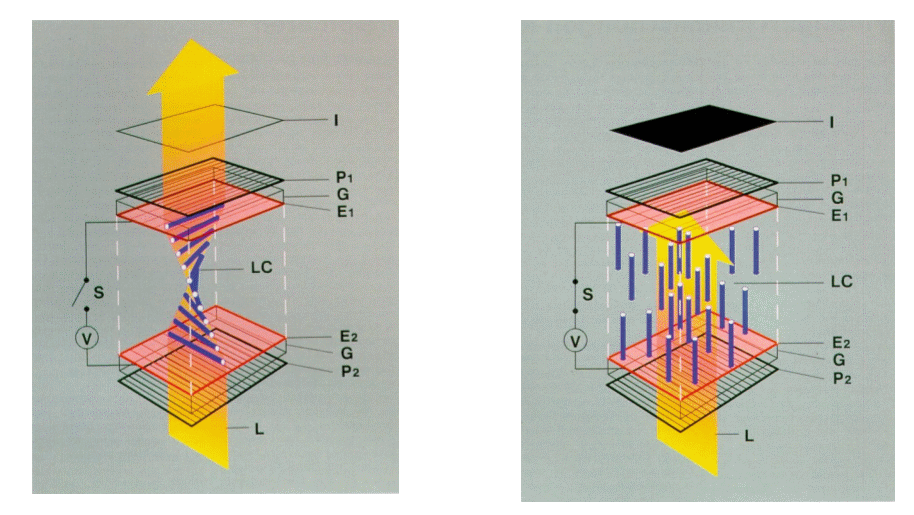
In a TN panel, the liquid crystal molecules are twisted by 90 degrees in their off state (left) between substrates.
In a TN panel, the liquid crystal molecules are twisted by 90 degrees in their off state (left) between substrates.
Wikimedia Commons
In a TN panel, the liquid crystal molecules are twisted by 90 degrees in their off state (left) between substrates.
Wikimedia Commons
Wikimedia Commons
As an older and simpler technology, TN panels are generally reserved for budget monitors these days. TN panels are some of the cheapest on the market (if you can even find them), with poorer color accuracy, lower brightness, and slower refresh rates than the alternatives. Most dramatically, TN panels have notably poor viewing angles — move to either side of a TN screen, and the color will begin to distort.
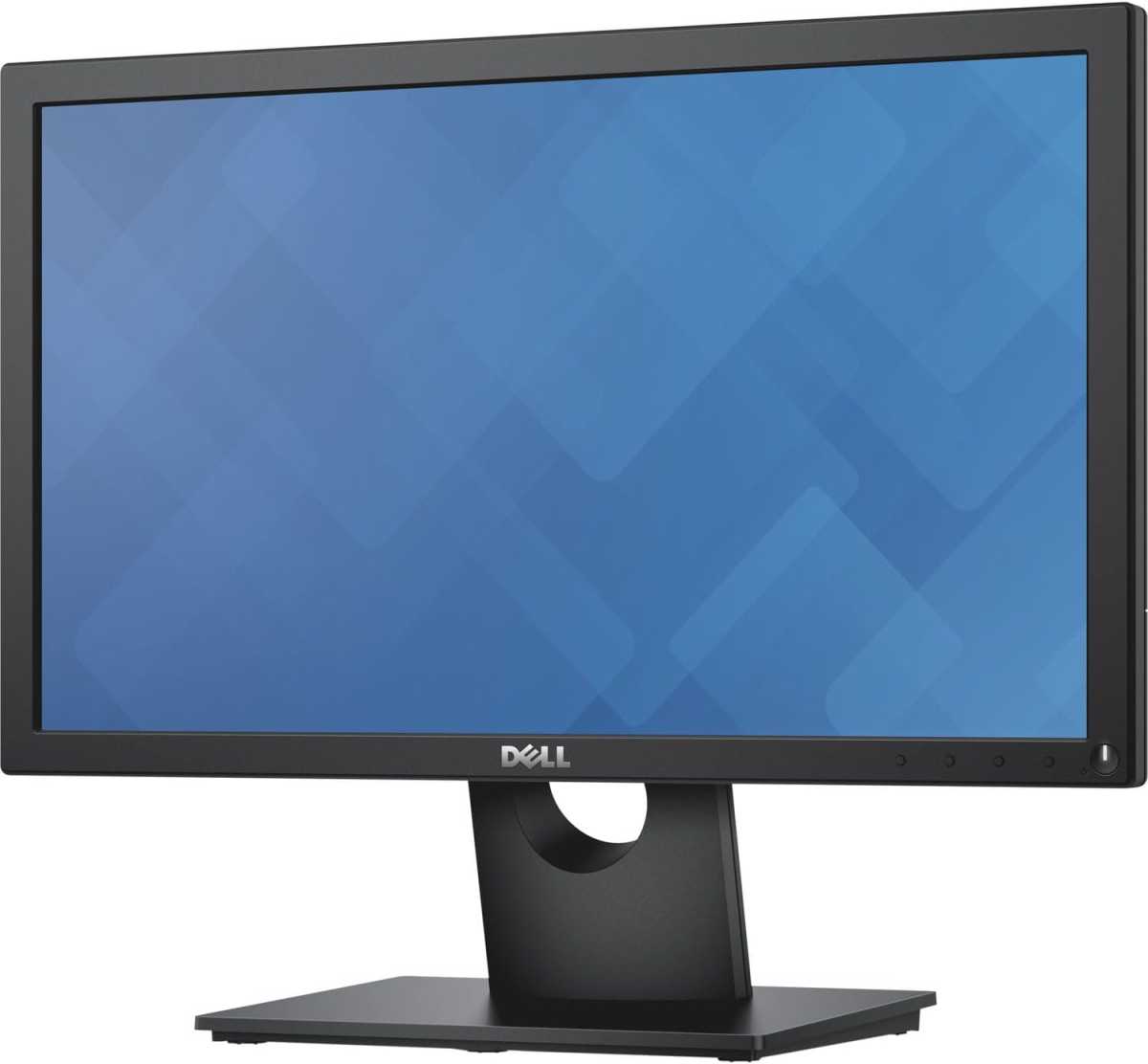
This budget Dell monitor uses a TN panel, but it’s smaller, slower, and darker than most alternatives.
This budget Dell monitor uses a TN panel, but it’s smaller, slower, and darker than most alternatives.
Dell
This budget Dell monitor uses a TN panel, but it’s smaller, slower, and darker than most alternatives.
Dell
Dell
TN panels aren’t bad, per se, and they’re definite improvements on using a CRT. They also have surprisingly fast response times (the time between when the electrical signals for the image are sent to the monitor and when the image is displayed). But unless you’re deliberately looking for a bargain with an older monitor, you really shouldn’t be considering it for a new purchase.
IPS monitors
IPS stands for in-plane switching, referring to the fact that the molecules of liquid crystal are aligned parallel to the glass on either side, even when powered on. Once again, the reasons for this (and why it’s better than the crystal being twisted) are extremely complex.
But the benefit for consumers is that IPS monitors have fantastic color reproduction, allowing at least some of them to be incredibly accurate to true-life color. Some high-quality IPS monitors can cover 100 percent of the Digital Camera Initiative color space (DCI-P3).
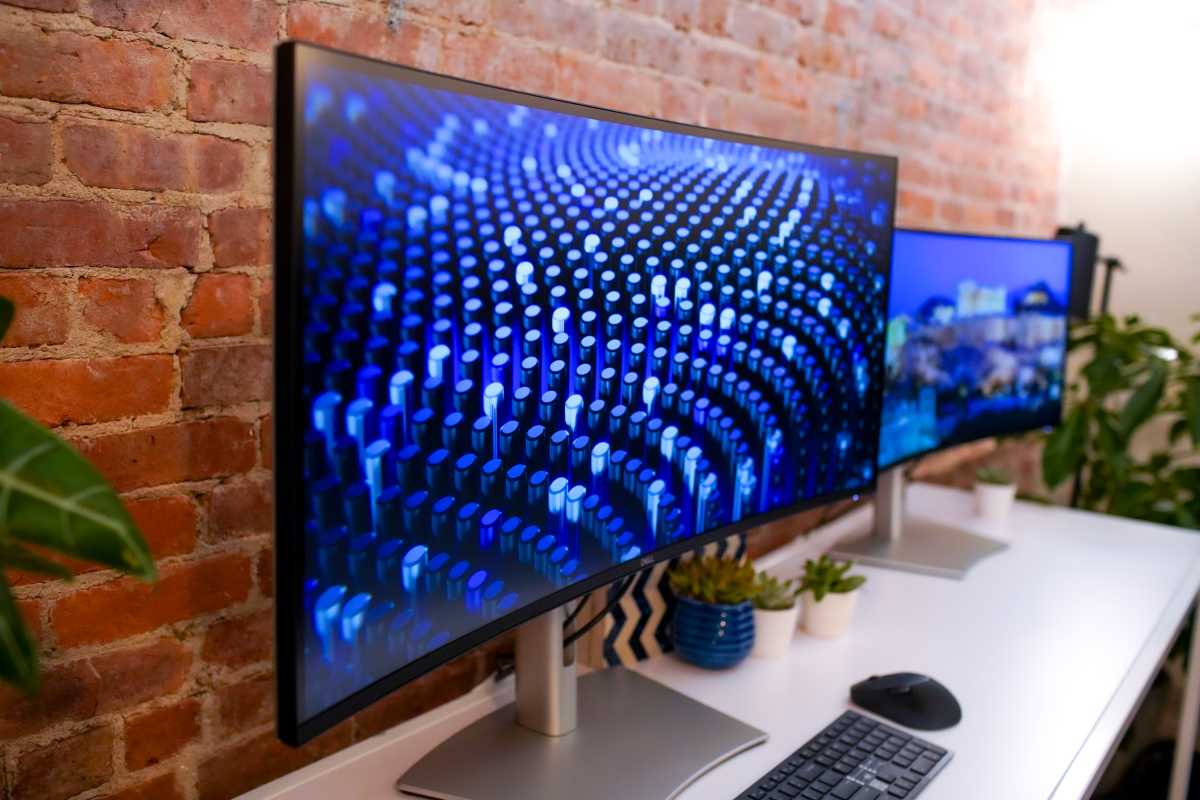
Dell
Dell
Dell
That means that if you’re working with graphics that will appear on anything professional, including a website, photograph, television broadcast, or signage, you want an IPS-LCD monitor instead of any of the alternatives. Since I do a lot of work in Photoshop for this job, I use IPS-LCD monitors at my desk. With IPS and VA monitors side by side, I can spot the latter’s lack of white balance even at a glance.
Further reading: The best gaming monitors
Here’s a photo of a close-up color grid taken by a Reddit user showing the color and brightness of IPS versus VA and TN in a relative visualization. Colors are brighter and more consistent on IPS with better viewing angles, which should be clear no matter what screen you’re actually looking at right now.

Reddit user /u/RampageIV
Reddit user /u/RampageIV
Reddit user /u/RampageIV
The downsides to IPS screens are that they’re the most expensive LCDs to make, pricier than both TN and VA, and they’re not as fast as VA in terms of refresh rates (expressed in hertz, starting at 60hz). So IPS isn’t great for gaming or anything dealing with high-speed animations, at least most of the time. It also has relatively slow response times, meaning a relatively slow rate between clicking your mouse and seeing the result on the screen.
This response time is still extremely fast in relative human terms — 5 to 10 milliseconds for typical panels — but it’s far slower than other LCD panel types, which can make a big difference for gamers. There are exceptions to this — see below.
VA monitors
If you find a monitor for less than a couple of hundred dollars, odds are excellent that you’re looking at a VA screen. These vertical alignment panels (with liquid crystals perpendicularly aligned to the substrate) are inexpensive and bright, so they’re great for most basic uses.
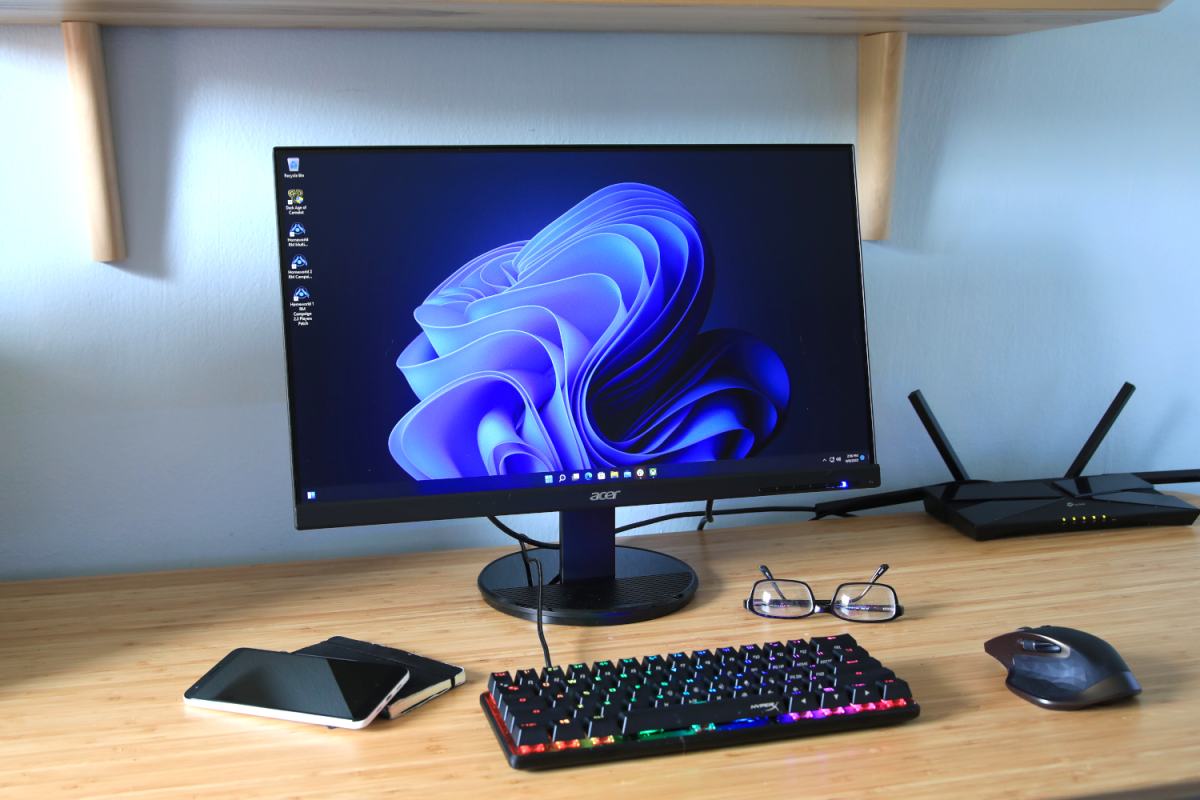
VA panels are often used in budget and mid-range monitors.
VA panels are often used in budget and mid-range monitors.
Matt Smith/Foundry
VA panels are often used in budget and mid-range monitors.
Matt Smith/Foundry
Matt Smith/Foundry
In addition to being bright, they’re also fast, which makes them ideal for gamers who want high refresh rates (expressed in hertz, the number of times the screen redraws its image per second). 120Hz or 144Hz is far more common with a VA monitor, with up to 175Hz being fairly easy to find even at lower prices. This makes them especially good for gaming.
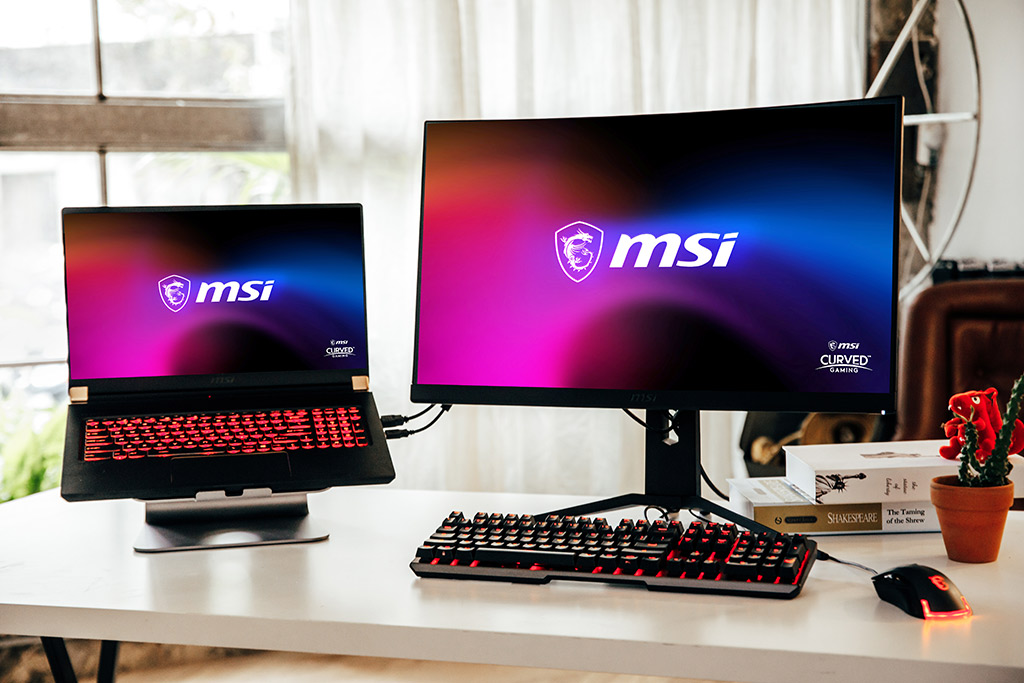
MSI
MSI
MSI
While better than TN panels in terms of both brightness and viewing angle, and far faster than IPS panels, VA panels still aren’t as good as IPS for color accuracy or consistency. That’s a relative degree, of course — for most applications the colors are fine, especially if you like high saturation. But VA panels generally aren’t good enough for professional photo editing or video production.
The best of both worlds — fast IPS
What if you need the color accuracy of an IPS monitor, but you still want to do some gaming with higher refresh rates? Well you can — if you’re willing to spend a little more. Over the last few years monitor manufacturers have improved the refresh rates of IPS monitors, making them on par with budget and mid-range VA monitors.
These “fast IPS” screens offer much higher refresh rates than standard IPS, and some are among the fastest on the market. They’re also available in large sizes popular with gamers. But you will be paying a premium for a high-quality, high-speed panel, and that speed probably won’t be as fast as a VA design in the same price range. Anyone who needs “esports”-caliber speed probably won’t be satisfied.
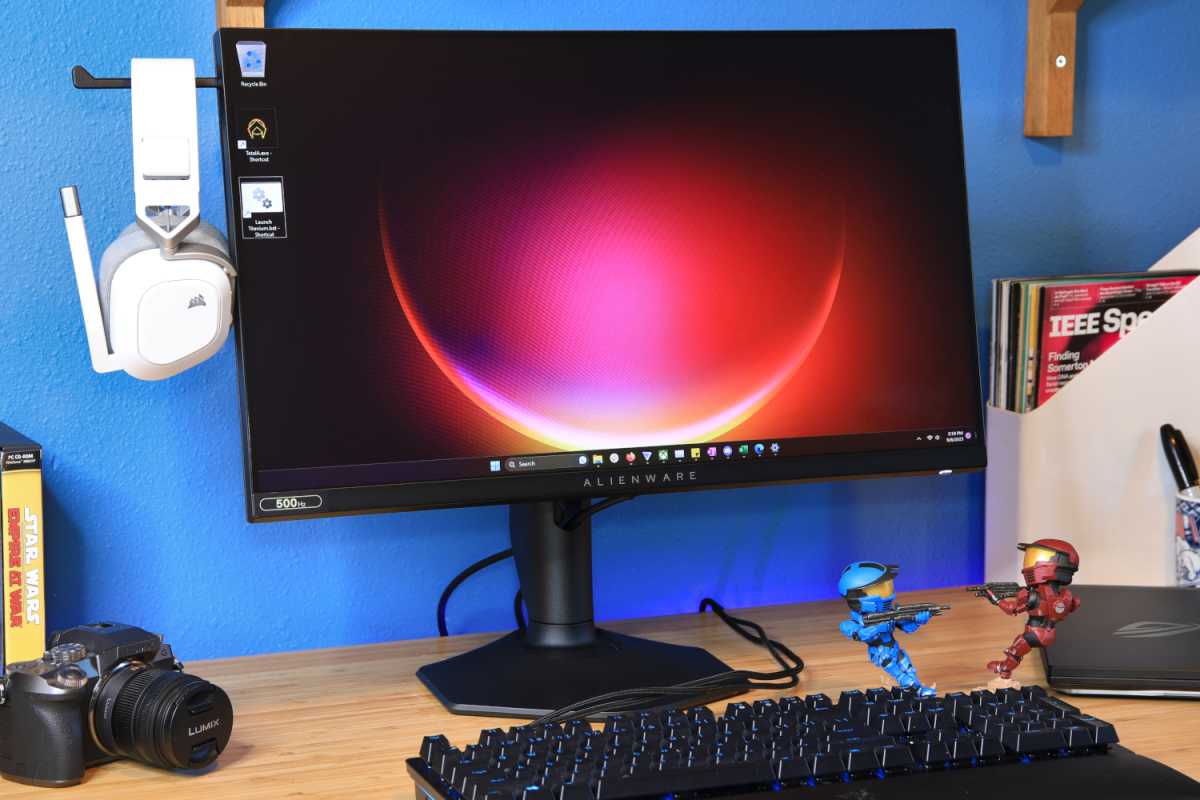
Matt Smith
Matt Smith
Matt Smith
For my uses — a desktop setup that needs constant photo work in the day and the occasional high-speed game at night — a fast IPS screen is ideal.
Other types of monitor panels
There are many variations of the tech above that get into finer technical degrees, but there are a few others you might want to know about too.
OLED
“Organic Light-Emitting Diode” panels are considered some of the best on the market at the moment — possibly the best for some applications. OLED screens are already widespread on phones and wearables, and they’re gaining traction in high-end TVs and tablets, too.
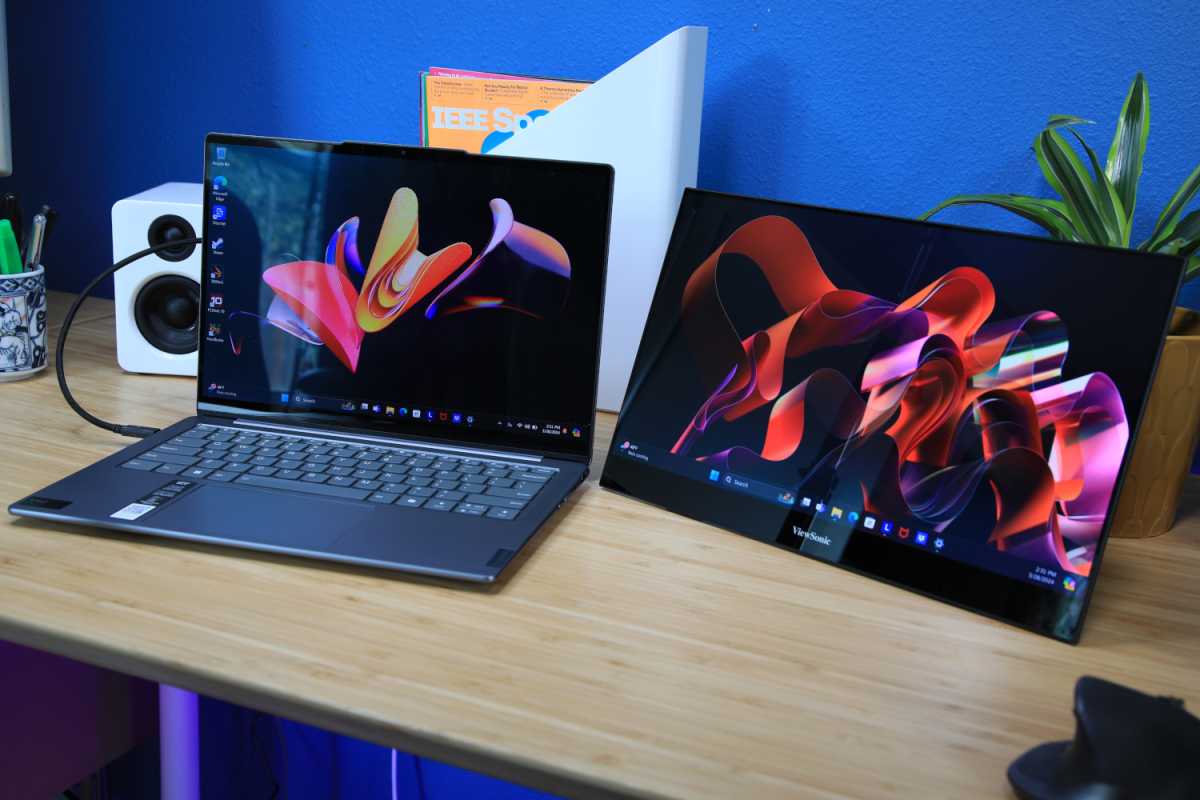
Matthew Smith / Foundry
Matthew Smith / Foundry
Matthew Smith / Foundry
OLEDs use a simpler structure than conventional LCDs, with a diode that emits light directly (instead of being backlit with a separate component) and doesn’t need a liquid crystal layer. The biggest advantage there is that when an OLED pixel is off, it’s completely off, with no backlight illuminating it even partially.
This gives OLED panels incredible contrast with “perfect” black levels, in addition to vibrant and accurate colors. They can also be made very speedy, with 240Hz being common.
So why not go with OLED all the way? Because despite being mechanically simple, large OLED displays are still very expensive, being produced in small numbers at monitor sizes. Prices are dropping, but at the time of writing an OLED monitor will still be double or triple the price of a similarly equipped LCD panel of any kind. Because of the sub-pixel layout on OLEDs, they’re also not great for reading text for extended periods of time.
Quantum Dot LEDs
This tech is sometimes shortened to QLED (not to be confused with OLED, though some companies might like you to!). Quantum dot screens are fundamentally similar to standard LCD panels, but they use incredibly tiny light-emitting particles as a backlight instead of the old cathode tubes or an array of LEDs.
This allows for much smaller lighting zones for an LCD panel, resulting in better contrast and brightness. The contrast of a high-quality quantum dot LED screen can get close to that of a “perfect” contrast OLED panel, but with more brightness and (sometimes) far lower cost.
MiniLED and MicroLED
Both of these technologies are essentially the same, with smaller and smaller light-emitting diodes replacing older and clunkier backlighting methods. Again, the advantage is that with a larger array of smaller LEDs being used to light up the picture, the brightness and contrast can be more finely and accurately controlled.
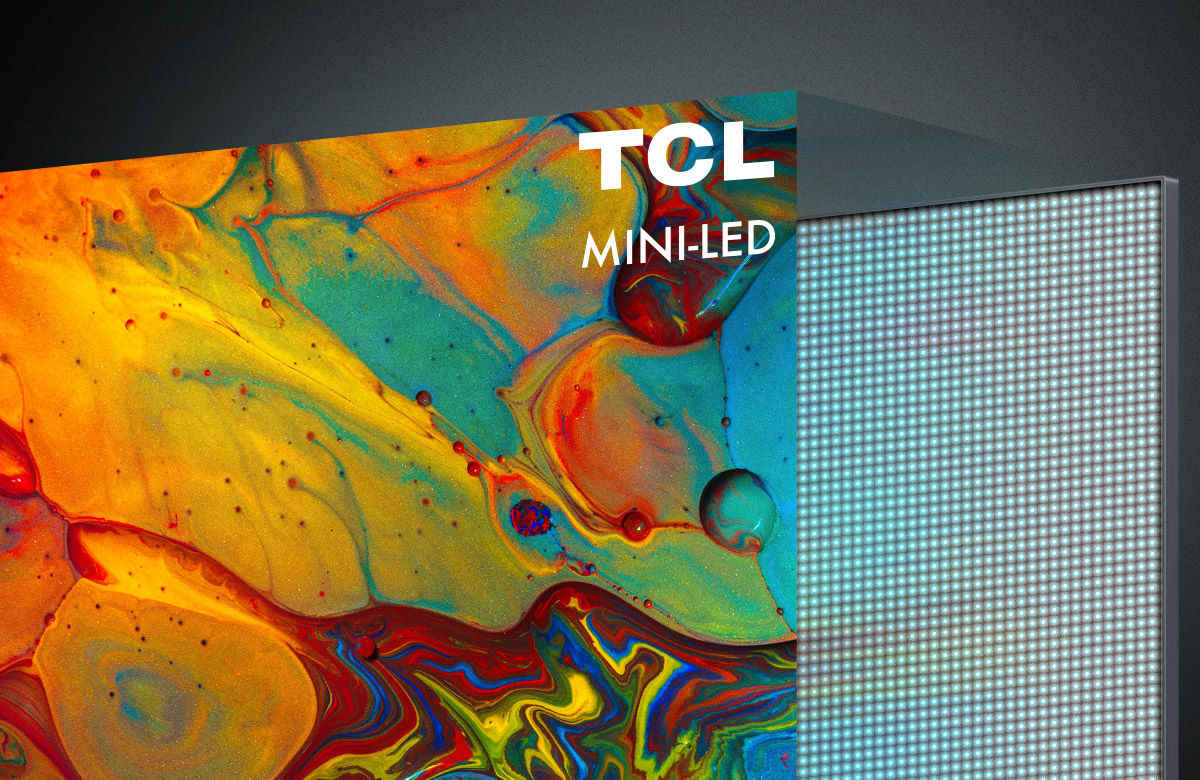
MiniLED and microLED panels use smaller, more closely-spaced backlights to create more precise zones of brightness and contrast.
MiniLED and microLED panels use smaller, more closely-spaced backlights to create more precise zones of brightness and contrast.
TCL
MiniLED and microLED panels use smaller, more closely-spaced backlights to create more precise zones of brightness and contrast.
TCL
TCL
MiniLED and MicroLED monitors are both variations of conventional LCD technology, offering a better picture while still not being quite as eye-popping as OLED. Again, you’ll generally find them at much lower prices.
eInk and ePaper
These monitors are extremely rare, expensive, and often only available in black and white. They’re also small compared to LCDs, and slow, with refresh rates at a fraction of even the slowest conventional screens.
So why would anyone want one? Because they’re easy on the eyes. And that’s not a euphemism, it’s literally true. With no backlight, and high contrast on a paper-like background, eInk and ePaper displays can let you read small text for hours in comfort. This is what makes eReaders like the Kindle so popular.

eInk and ePaper monitors are wonderful for reading, but not much else, and they’re extremely expensive.
eInk and ePaper monitors are wonderful for reading, but not much else, and they’re extremely expensive.
Boox
eInk and ePaper monitors are wonderful for reading, but not much else, and they’re extremely expensive.
Boox
Boox
Even the ones with an integrated light are front-lit (like really old phones or the original Game Boy), so the light is bouncing off the surface of the screen and isn’t shining directly into your eyes.
But at a price even higher than OLEDs, and with super-slow speeds that can make even browsing the web a bit of a chore, eInk displays are only useful if you’re reading text for hours at a time. They simply aren’t practical for a primary monitor in an all-around capacity.
Which monitor should you buy?
If all that stuff is making your head spin, or you don’t want to read any more spec sheets, you should check out PCWorld’s roundup of the best computer monitors. It’s constantly updated with the best and latest picks for gaming monitors, work monitors, monitors on a budget, ultrawide and large-format monitors, and more.
Author: Michael Crider, Staff Writer, PCWorld

Michael is a 10-year veteran of technology journalism, covering everything from Apple to ZTE. On PCWorld he’s the resident keyboard nut, always using a new one for a review and building a new mechanical board or expanding his desktop “battlestation” in his off hours. Michael’s previous bylines include Android Police, Digital Trends, Wired, Lifehacker, and How-To Geek, and he’s covered events like CES and Mobile World Congress live. Michael lives in Pennsylvania where he’s always looking forward to his next kayaking trip.
Recent stories by Michael Crider:
LG’s ultrawide OLED gaming monitor hits its lowest price yet: $550 offGet PCWorld’s favorite budget gaming monitor for just $180, with a $50 gift cardSamsung unveils OLED gaming monitors in big and speedy flavors


